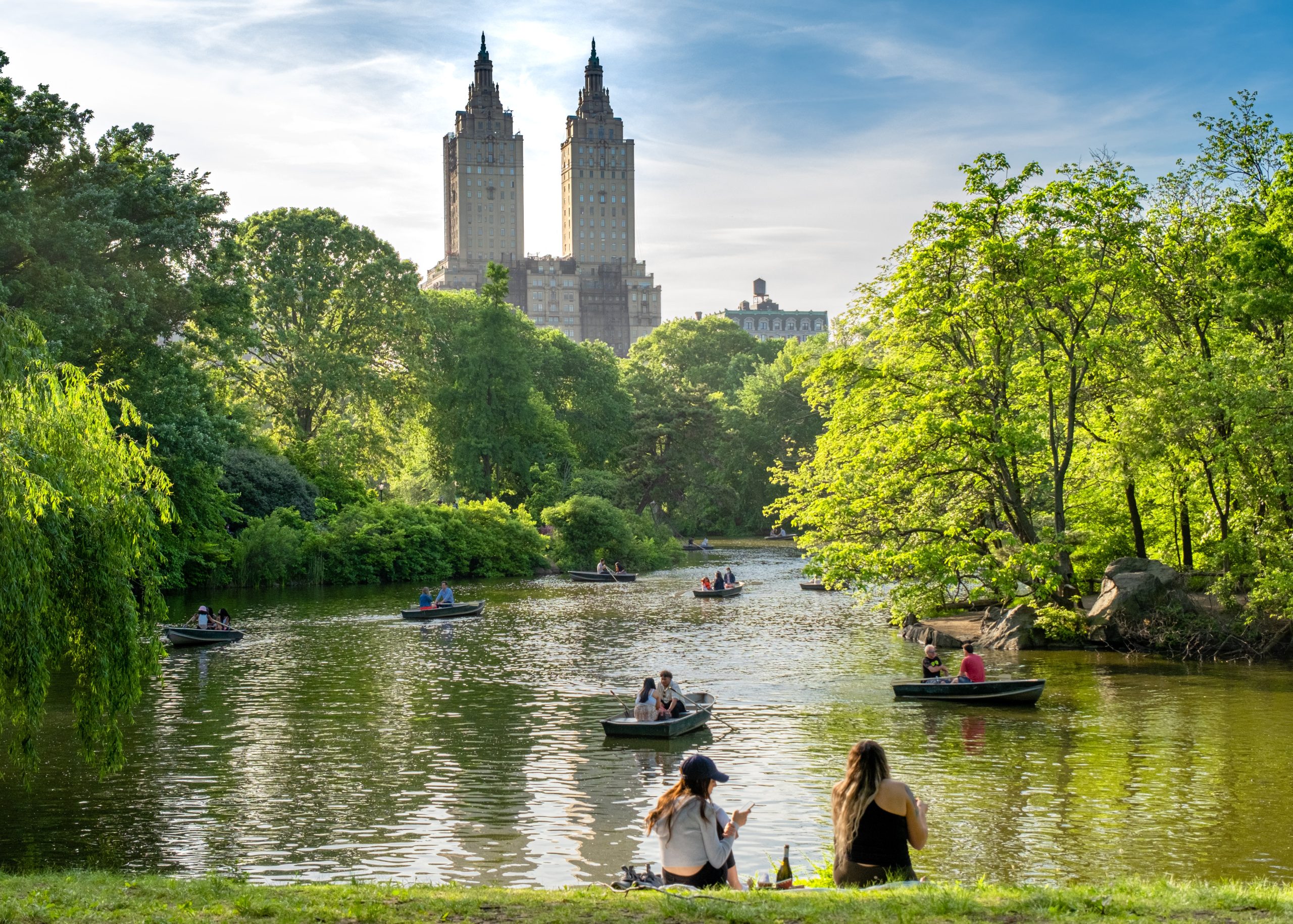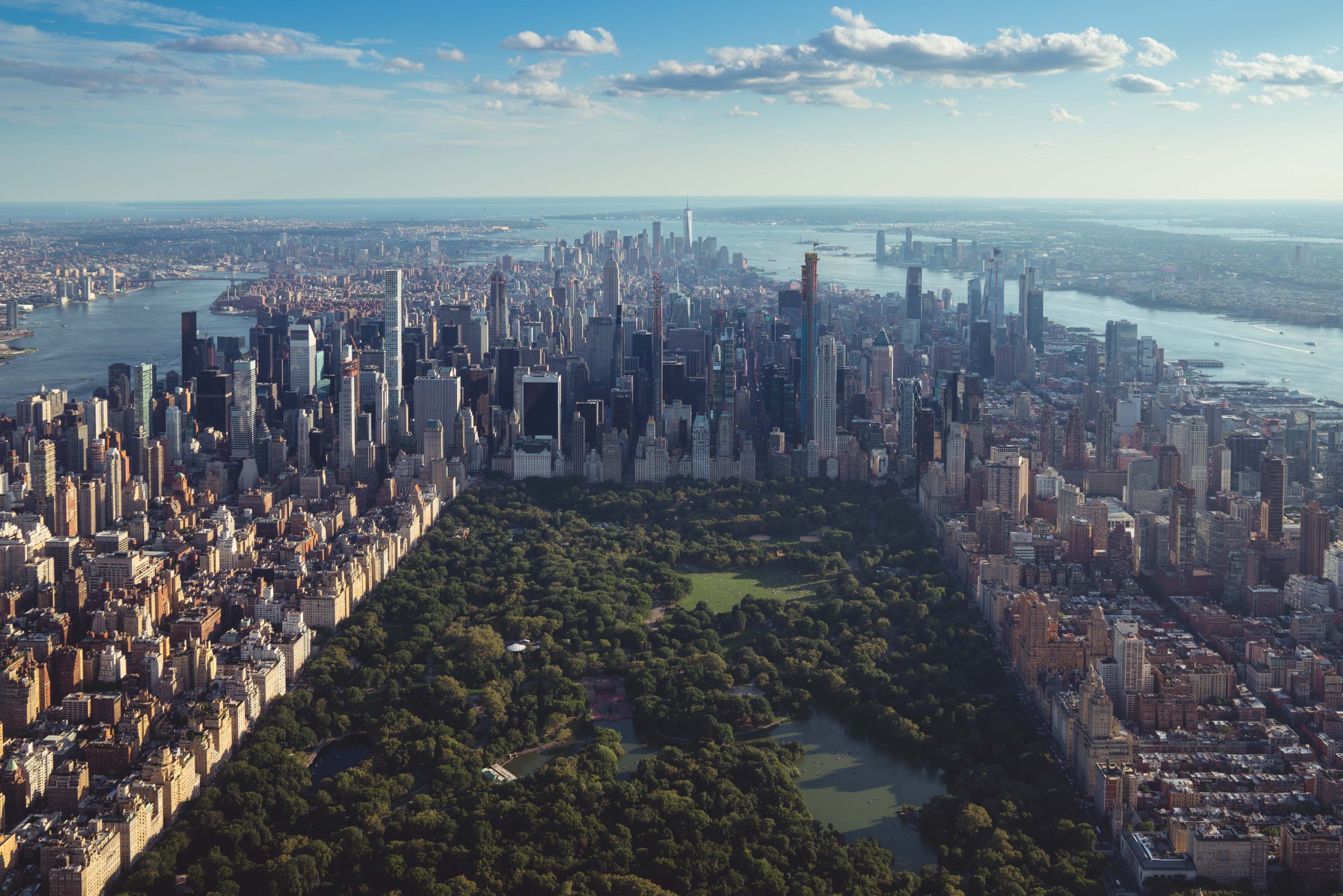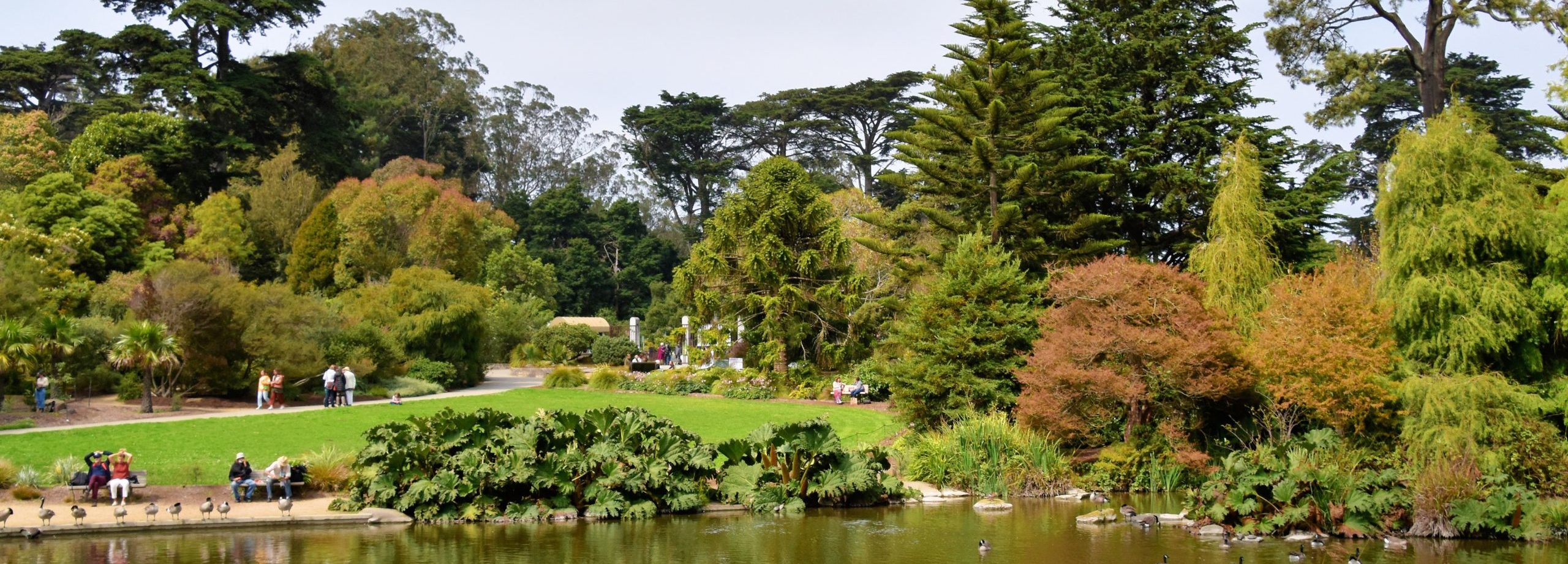Habitat Diversity
Image credits: Marco Verch, CC BY 2.0
Habitat diversity refers to the type, number and spatial arrangement of habitats within the urban area.
Urban areas that restore natural habitat diversity can support greater overall biodiversity. When planning for habitat diversity, it is important to promote both habitat coherence and heterogeneity at the city scale. To create coherent habitats, cities can identify distinct plant communities that are native to the region and develop “habitat zones,” or recommended plant palettes and natural features for each individual habitat type. Creative planning and design can then be used to map where each habitat zone can be planted across the city, based on both what habitat types were present historically and what plant communities are appropriate today and under future conditions. The heterogeneity of habitat zones across the landscape will recreate a rich assortment of resources that support a diversity of native wildlife. Protecting and augmenting rare native habitats in cities can be particularly beneficial for habitat specialists, which may be especially vulnerable to habitat loss.
Elements of habitat diversity that are important to incorporate across all scales—from the site scale to the city scale—are spatial complexity, vertical structure, and physical features. Spatial complexity is the degree of heterogeneity of distinct plant communities across the landscape. Vertical structure refers to the number of vertical layers of vegetation, from herbaceous cover to canopy cover, and cities can support more biodiversity by creating a rich diversity of vertical structure. Physical features, such as rock piles, ponds, and streams, are also valuable habitat elements to diversify across the landscape.
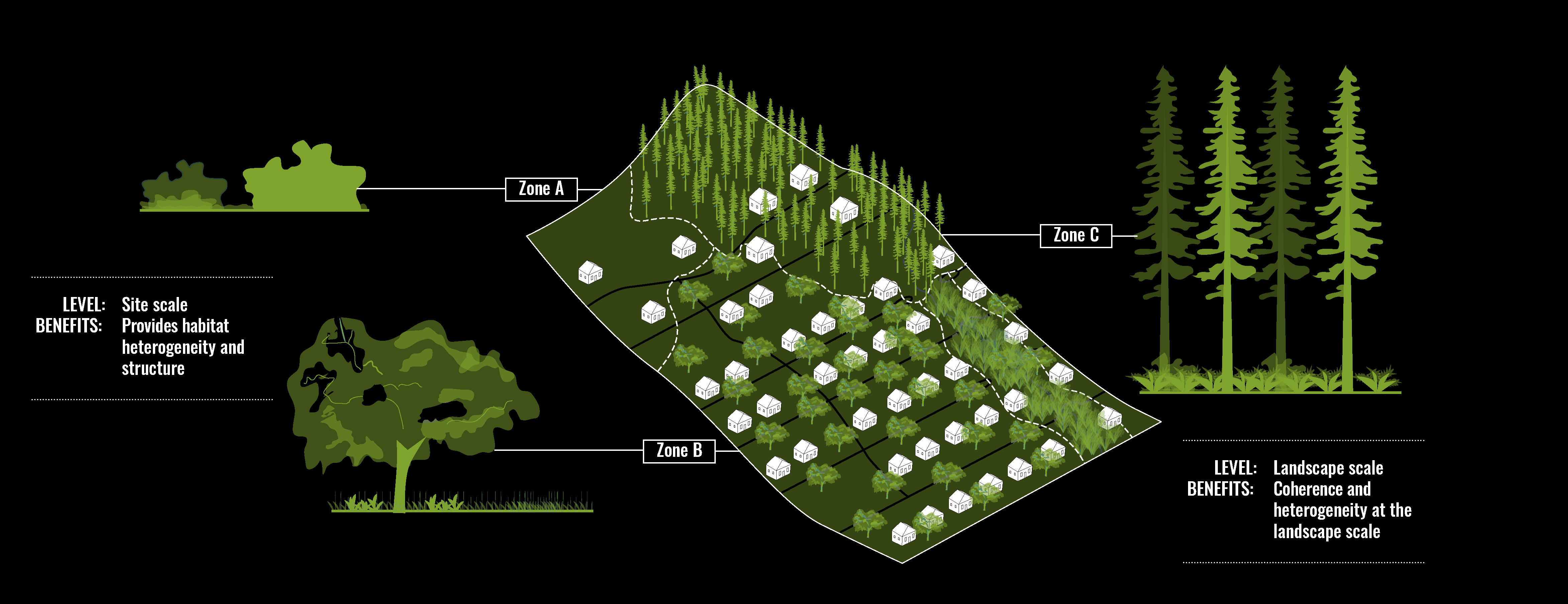
Relevant Planning and Design Strategies
The Urban Biodiversity Framework identifies seven key landscape elements that, when integrated together into urban design and planning, have the greatest chance of supporting the greatest number of species. Each element is related to various strategies from the urban planning, site design, and detailed design chapters.
- All Strategies
- Urban Planning
- Site Design
- Detailed Design
HABITAT DIVERSITY
Urban areas that restore natural habitat diversity can support greater overall biodiversity. When planning for habitat diversity, it is important to promote both habitat coherence and heterogeneity at the city scale. To create coherent habitats, cities can identify distinct plant communities that are native to the region and develop “habitat zones,” or recommended plant palettes and natural features for each individual habitat type. Creative planning and design can then be used to map where each habitat zone can be planted across the city, based on both what habitat types were present historically and what plant communities are appropriate today and under future conditions. The heterogeneity of habitat zones across the landscape will recreate a rich assortment of resources that support a diversity of native wildlife. Protecting and augmenting rare native habitats in cities can be particularly beneficial for habitat specialists, which may be especially vulnerable to habitat loss.
Elements of habitat diversity that are important to incorporate across all scales—from the site scale to the city scale—are spatial complexity, vertical structure, and physical features. Spatial complexity is the degree of heterogeneity of distinct plant communities across the landscape. Vertical structure refers to the number of vertical layers of vegetation, from herbaceous cover to canopy cover, and cities can support more biodiversity by creating a rich diversity of vertical structure. Physical features, such as rock piles, ponds, and streams, are also valuable habitat elements to diversify across the landscape.
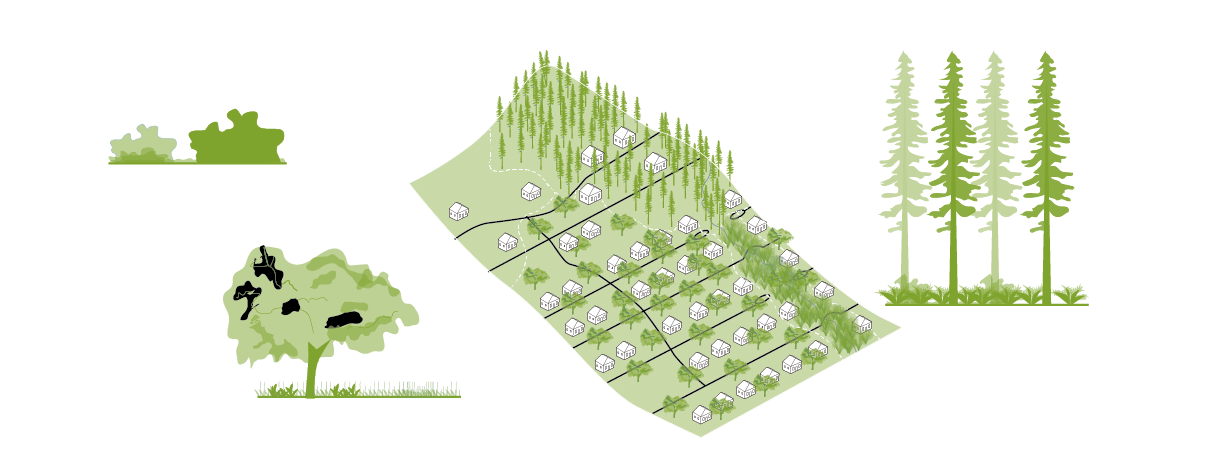
ACTIONS YOU CAN TAKE
Create habitat complexes in the urban matrix. Matrix quality can be improved in areas that are not adjacent to regional corridors or patches of greenspace by coordinating actions to form habitat complexes that function like small patches. Habitat zones based on historical, current, and future conditions can be incorporated into a variety of urban greening actions across a variety of land use types, through actions like backyard gardening, street tree programs, landscaping, and park management. These habitat complexes can create stepping stones between patches and can support biodiversity in their own right. One approach is to center the creation of habitat complexes around existing special resources such as large trees or water features.
New habitat can often be created within existing parks through restoration and habitat improvement projects, and these actions can support recreational park usage for visitors. Native trees can provide shade over lawn areas and for sporting event spectators. Active areas like sports fields can be buffered by native habitat, increasing the use and improving the experience for recreators. Habitat improvements need to be developed with support for maintenance and with consideration for safety concerns.
This action also supports: Native Vegetation, Patch Size
Urban biodiversity interventions should seek to mimic, recreate, and preserve the spatial and vertical complexity that is characteristic of a particular habitat type. This complexity increases the capacity for greenspaces to support a greater diversity of wildlife. Cities can increase vegetation structural complexity by planting a mix of trees, shrubs, and groundcover and building green walls and terraces.
This action also supports: Matrix Quality
Related precedent: Nature Ways – Singapore, ACROS Fukuoka Prefectural International Hall Green Roof – Fukuoka City, Japan
Patches of remnant and rare habitat types that are uncommon in surrounding landscapes deserve special protection and recognition. Protecting remaining tracts of these habitats and restoring them where they historically existed will benefit the plants and animals that rely on the unique resources they provide.
This action also supports: Native Vegetation

